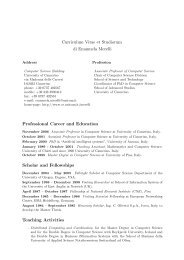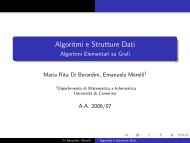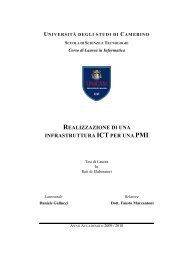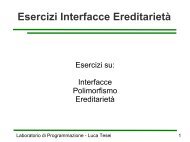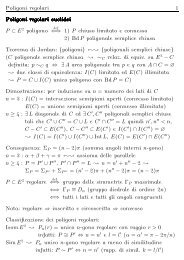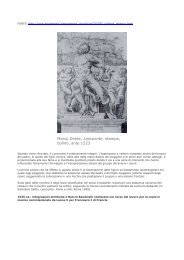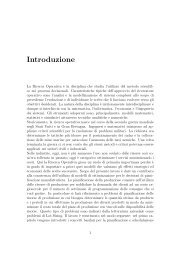Sossinsky:Knots. Mathematics with a twist.pdf - English
Sossinsky:Knots. Mathematics with a twist.pdf - English
Sossinsky:Knots. Mathematics with a twist.pdf - English
Create successful ePaper yourself
Turn your PDF publications into a flip-book with our unique Google optimized e-Paper software.
28 KNOTS<br />
Figure 2.13. The product of two braids.<br />
strands. This operation consists simply of placing the braids end to<br />
end (by joining the upper part of the second braid to the lower part of<br />
the first), as in Figure 2.13.<br />
It turns out that the product of braids possesses several properties<br />
that resemble the ordinary product of numbers. First, there is a braid<br />
known as the unit braid (e), a braid that, like the number l, does not<br />
change what it multipli es. This is the trivial braid, whose strands hang<br />
vertically <strong>with</strong>out crossing. Sure enough, appending a trivial braid to a<br />
given braid amounts to extending its strands, which do es not change<br />
the class of the braid in any way.<br />
Second, for each braid b there exists an inverse braid, b- I, whose<br />
product <strong>with</strong> b gives the trivial braid: b . b- I = e (just as fo r each<br />
number n, its product <strong>with</strong> the inverse number n-I = lIn is equal to<br />
one, n . n-I = 1). As can be seen in Figure 2.14, the inverse braid is the



